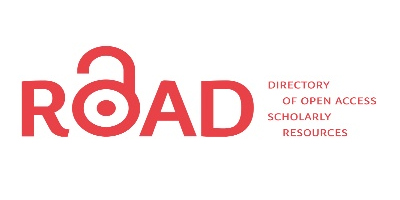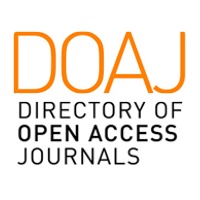TENSION OF THE ECOLOGICAL BALANCE BY MINIMIZATION OF AUTUMN PLOWING
Keywords:
minimization of autumn plowing of podzolized chernozem, spring crops, water and nutrient regimes of soil, weed infestation of cropsAbstract
Intensive tillage practices that were applied in our country for the last 50 years resulted in increased energy consumption of domestic tillage technologies and led to soil degradation. The article presents the results of minimization of autumn plowing under spring crops in the following 5-field crop rotation: barley-soya-rape-wheat-flax. Replacement of more energy demanding plowing for less energy demanding flat hoe cultivation and applying shallow practices instead of deep ones were estimated from the point of ecology. Field studies on the podzolized chernozem showed that none of the methods of minimization of autumn plowing changed the growth environment of various crops for the worse. Under the conditions spring deposits of available moisture in 1-metre layer of soil didn’t reduce, plow-layer density remained on the optimum level, total intrusion volume slightly reduced and healthy structure content remained on the rather high level. Experimental methods of minimization of autumn plowing didn’t reduce availability of plant food compounds but facilitated to increase biological activity of soil. The negative effect of minimization of autumn plowing was shown by increased potential and effective weed infestation of crops. On the average, replacement of moldboard plowing for boardless plowing at the beginning of crop growth in crop rotation increased the number of weeds by 44%; shallow plowing and flat hoe cultivation resulted in the increase by 32 and 22% each.
References
Скалига О.С. Продуктивність плодозмінної сівозміни залежно від систем основного обробітку ґрунту та рівнів удобрення в центральному Лісостепу України: Автореф. дис. … кандидата с.-г. наук. – Дніпропетровськ, 2008. – 19 с.
Бережняк Є.М. Протиерозійна стійкість чорноземів типових правобережного Лісостепу за різних агротехнічних заходів: Автореф. дис. … кандидата с.-г. наук. – К., 2007. – 20 с.
Гордієнко В.П. Вплив тривалого застосування різних систем удобрення й обробітку ґрунту в сівозміні на урожайність ярого ячменю / В.П. Гордієнко, В.І. Бодня // Наукові праці Полтавської ДАА. – Т.4 (23). – Полтава, 2005. – С. 94–100.
Яценко С.В. Вплив ґрунтозахисних технологій на протиерозійну стійкість та родючість чорнозему типового сильнозмитого: Автореф. дис. … кандидата с.-г. наук. – К., 2008. – 22 с.
Ременюк Ю.О. Продуктивність ланки сівозміни за різних обробітків ґрунту в умовах північного Лісостепу України: Автореф. дис. … кандидата с.-г. наук. – К., 2009. – 22 с.
Козлик Т.І. Вплив способів обробітку ґрунту та удобрення на агрофізичні властивості ґрунту, урожай і якість льону-довгунця в умовах Полісся: Авто- реф. дис. … кандидата с.-г. наук. – К., 2010. – 20 с.
Котлярова О.Г. Влияние основной обработки на агрофизические свойства чернозема типичного в посевах гороха / О.Г. Котлярова, Е.Г. Котлярова, С.М. Лубенцов // Земледелие. – 2012. – №4. – С. 27–28.
Мірошник І.А. Водопроникність ґрунту залежно від його обробітку / І.А. Мірошник, О.А. Цюк // Біологічні науки і проблеми рослинництва: Зб. наук. праць. Уманського ДАУ. – Умань: УВПП, 2003. – С. 665–668.
Бакиров Ф.Г. Влияние ресурсосберегающих систем обработки на агро- физические и почвозащитные свойства чернозема южного и урожайность зерновых / Ф.Г. Бакиров // Зерновое хозяйство. – 2005. – № 4. – С. 19–21.
Каипов Я.З. Водный режим чернозема обыкновенного при минимализации вспашки / Я.З. Каипов, Ч.К. Зарипова // Земледелие. – 2013. – №2. – С. 17–20.








